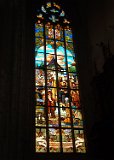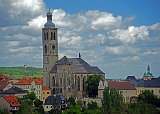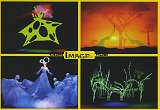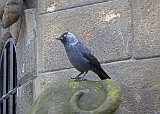 Jackdaw on Charles Bridge Jackdaw on Charles Bridge |
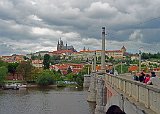 Prague Castle from the Mánes Bridge Prague Castle from the Mánes Bridge |
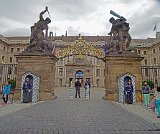
|
 Prague Castle Changing of the Guard Prague Castle Changing of the Guard |
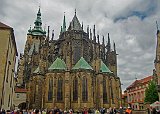 St. Vitus Cathedral within Prague Castle St. Vitus Cathedral within Prague Castle |
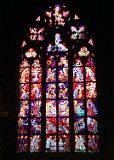 A Stained Glass Window in St. Vitus Cathedral, Prague A Stained Glass Window in St. Vitus Cathedral, Prague |
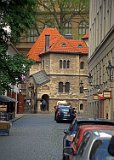 Jewish Quarter - Ceremonial Hall and Mortuary of the Old Jewish Cemetery Jewish Quarter - Ceremonial Hall and Mortuary of the Old Jewish Cemetery |
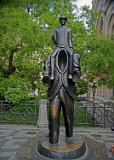 Jewish Quarter - Franz Kafka Monument Jewish Quarter - Franz Kafka Monument |
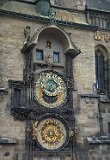 Old Town Square - Prague Astronomical Clock Old Town Square - Prague Astronomical Clock |
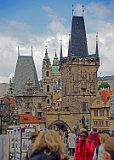 Western Gates, Charles Bridge Western Gates, Charles Bridge |

|
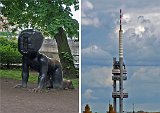 David Černý’s Tower Babies David Černý’s Tower Babies |
 Prague Castle - View from Lobkowicz Palace Prague Castle - View from Lobkowicz Palace |
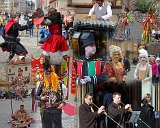
|
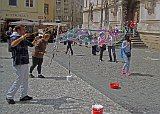 Old Town Square - Giant Bubbles Old Town Square - Giant Bubbles |
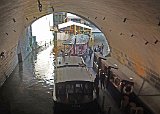
|
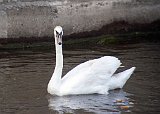 Swan Below the Charles Bridge In Prague Swan Below the Charles Bridge In Prague |
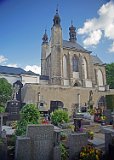 Sedlec Cemetery Church of All Saints Sedlec Cemetery Church of All Saints |

|
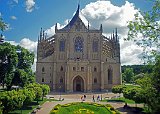 Kutná Hora - St. Barbara Church Kutná Hora - St. Barbara Church |



















